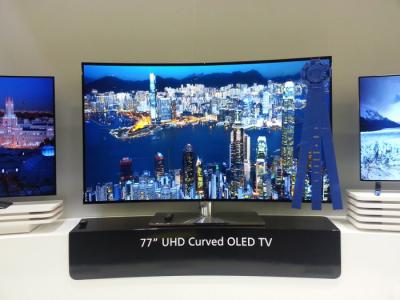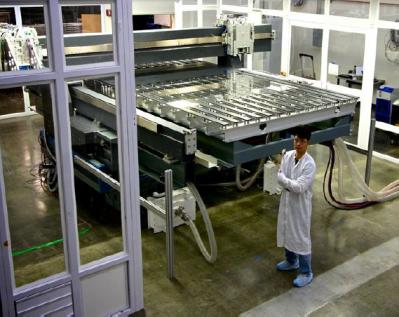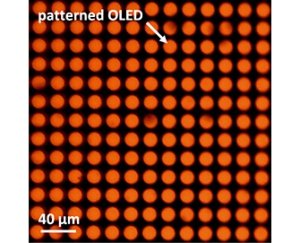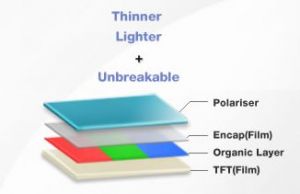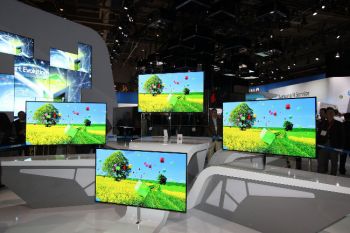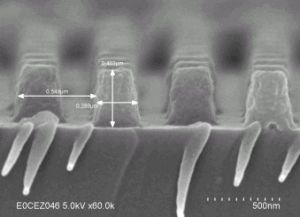Solus Advanced Materials to start supplying HTL materials to LG Display
Korea-based OLED materials maker Solus Advanced Materials (previously Doosan Solus) announced that the company will start supplying HTL materials for LG Display, for its E3 line in Paju, used to produce OLED TVs.
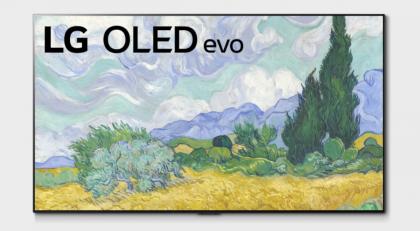
According to reports from Korea, up until now Merck was LGD's sole HTL supplier (for large-area WOLED production), and Solus will now replace some of the HTL materials previously supplied by Merck. Solus hopes to expand shipments to LGD and supply HTL materials for LGD's other large-area WOLED fabs.


